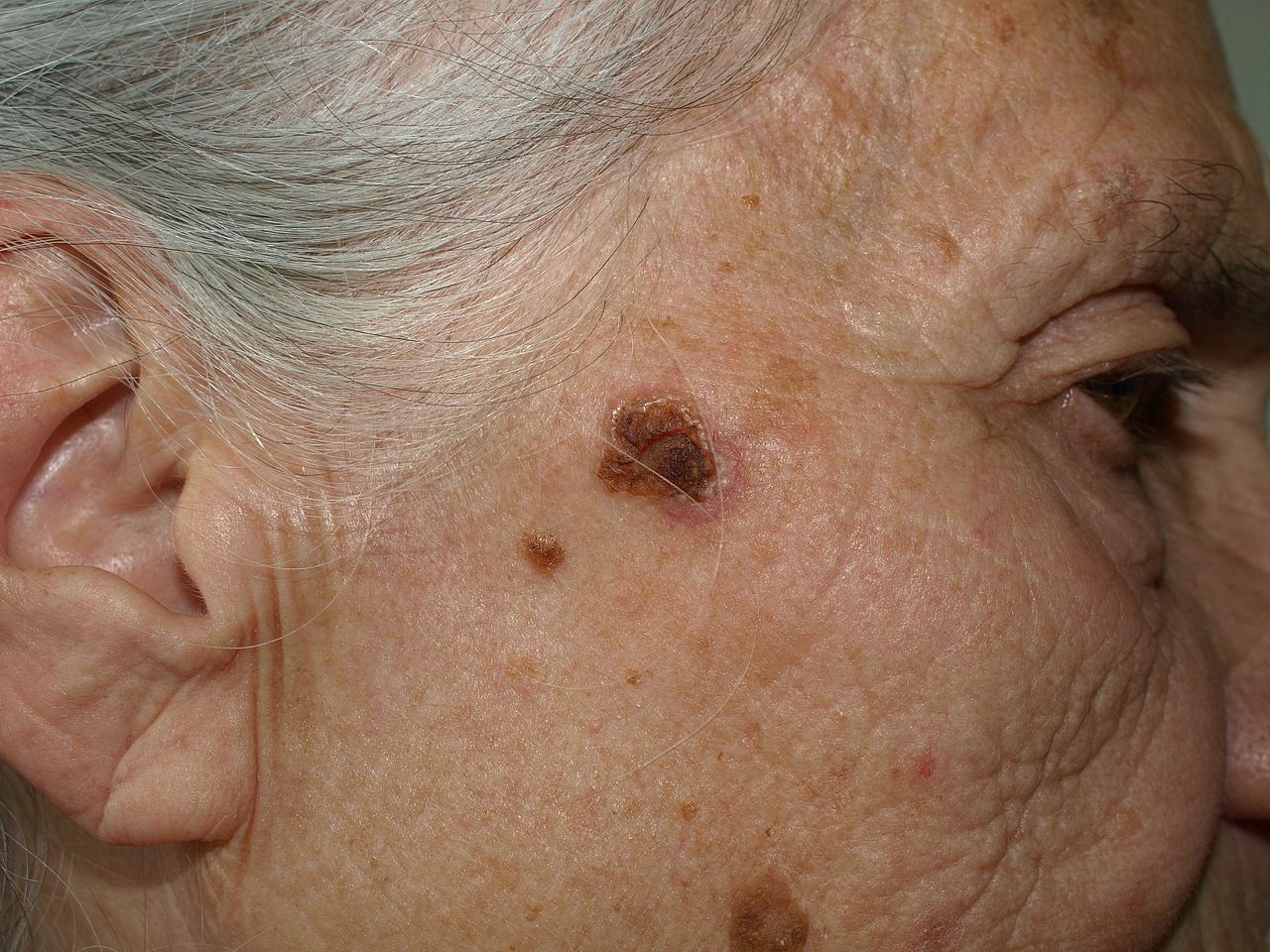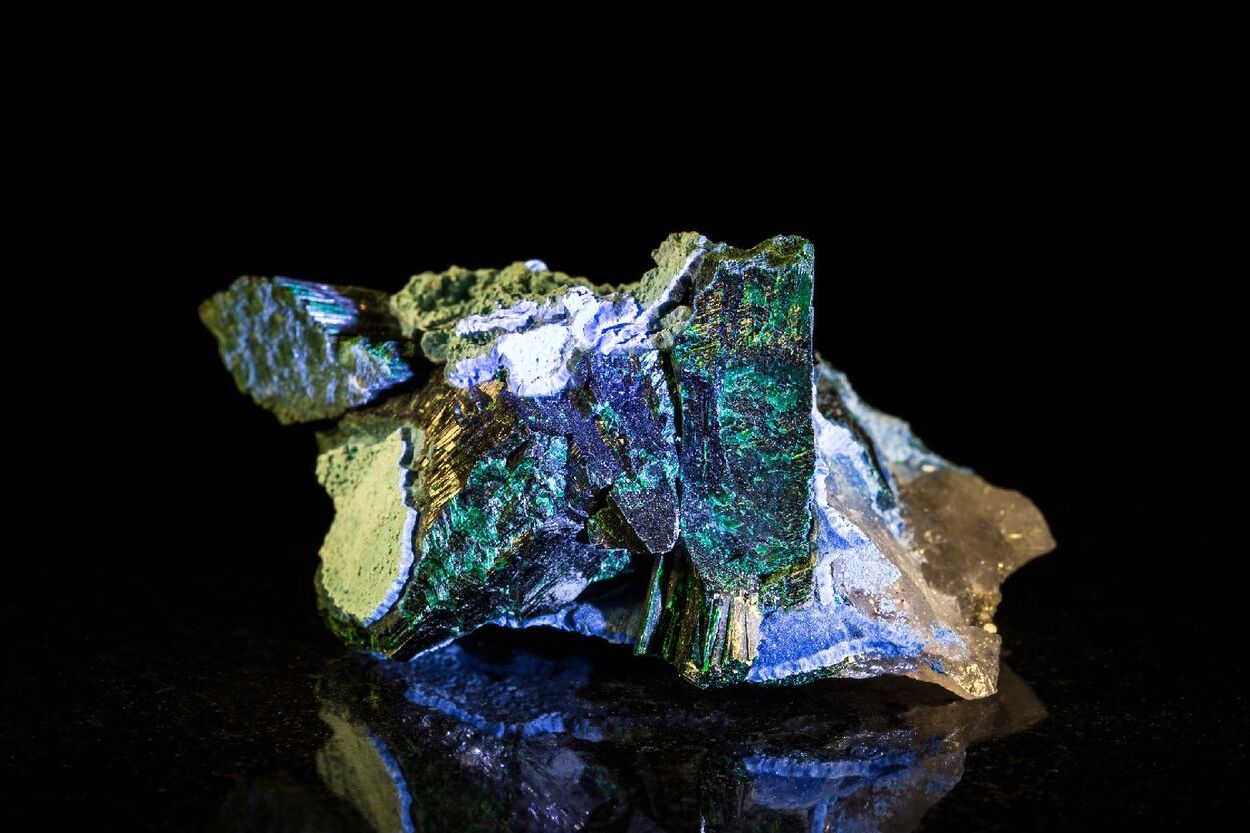
Rombo Syndrome might sound like a character from a sci-fi movie, but it's actually a rare genetic disorder. Ever wondered what makes it so unique? Rombo Syndrome is characterized by skin abnormalities, including atrophoderma vermiculatum, milia, and telangiectasia. These skin issues often start appearing in childhood and can become more pronounced with age. But that's not all. People with this syndrome may also experience hair loss, especially in the eyebrows and eyelashes, and have a higher risk of developing certain types of skin cancer. Despite its rarity, understanding Rombo Syndrome can help in early diagnosis and management. Ready to dive into 35 intriguing facts about this condition? Let's get started!
Key Takeaways:
- Rombo Syndrome is a rare genetic disorder causing skin abnormalities and distinct facial features. It requires regular medical check-ups and sun protection for a good quality of life.
- Genetic testing and counseling are crucial for families affected by Rombo Syndrome. Ongoing research aims to understand the condition better and develop potential treatments for the future.
What is Rombo Syndrome?
Rombo Syndrome is a rare genetic disorder characterized by distinct facial features, skin abnormalities, and other health issues. Understanding this condition can help raise awareness and support those affected.
- Rombo Syndrome is an autosomal dominant disorder, meaning only one copy of the altered gene is needed to cause the condition.
- The syndrome was first described in 1981 by Rombo, a dermatologist who identified the unique characteristics in a family.
- It primarily affects the skin, leading to atrophic changes, which means the skin becomes thin and fragile.
- Individuals with Rombo Syndrome often have a distinctive facial appearance, including a long, narrow face and prominent cheekbones.
- The condition is extremely rare, with fewer than 50 cases reported worldwide.
Skin Abnormalities in Rombo Syndrome
Skin issues are a hallmark of Rombo Syndrome, often appearing in early childhood and progressing with age.
- One common feature is milia, small white cysts that form on the skin, particularly around the eyes.
- People with Rombo Syndrome may develop telangiectasia, which are small, visible blood vessels on the skin's surface.
- The skin can also show signs of poikiloderma, a combination of pigmentation changes, atrophy, and telangiectasia.
- Hyperkeratosis, or thickening of the skin, can occur, especially on the palms and soles.
- Some individuals experience increased sensitivity to sunlight, leading to sunburns and other sun-related skin damage.
Facial Features and Other Physical Characteristics
The syndrome's impact on facial features and other physical traits can be quite pronounced.
- A long, narrow face with prominent cheekbones is a typical facial characteristic.
- Sparse eyebrows and eyelashes are common, contributing to the distinctive appearance.
- The nose may appear thin and pointed, adding to the unique facial structure.
- Some individuals have a high-arched palate, which can affect speech and eating.
- Dental anomalies, such as missing teeth or delayed tooth eruption, are also reported.
Genetic and Molecular Basis
Understanding the genetic underpinnings of Rombo Syndrome is crucial for diagnosis and potential future treatments.
- Mutations in the FBN1 gene, which encodes fibrillin-1, are often implicated in Rombo Syndrome.
- Fibrillin-1 is a protein essential for the formation of elastic fibers in connective tissue.
- Genetic testing can confirm a diagnosis by identifying mutations in the FBN1 gene.
- The inheritance pattern is autosomal dominant, meaning a parent with the condition has a 50% chance of passing it to their child.
- Genetic counseling is recommended for families affected by Rombo Syndrome to understand the risks and implications.
Health Complications and Management
Rombo Syndrome can lead to various health issues that require careful management and monitoring.
- Some individuals may develop basal cell carcinomas, a type of skin cancer, due to the syndrome's impact on skin integrity.
- Regular dermatological check-ups are essential to monitor and treat skin abnormalities and potential cancers.
- Eye problems, such as cataracts or glaucoma, can occur and need regular ophthalmologic evaluations.
- Hearing loss has been reported in some cases, necessitating audiological assessments.
- Cardiovascular issues, including aortic aneurysms, may arise due to the connective tissue abnormalities.
Living with Rombo Syndrome
Living with Rombo Syndrome involves managing symptoms and maintaining a good quality of life through medical care and support.
- Sun protection is crucial to prevent skin damage, including using sunscreen and wearing protective clothing.
- Regular dental check-ups help manage dental anomalies and maintain oral health.
- Speech therapy may be beneficial for those with a high-arched palate affecting speech.
- Psychological support can assist individuals and families in coping with the emotional impact of the condition.
- Support groups and communities provide a platform for sharing experiences and advice.
Research and Future Directions
Ongoing research aims to better understand Rombo Syndrome and develop potential treatments.
- Scientists are investigating the molecular mechanisms underlying the syndrome to identify new therapeutic targets.
- Advances in genetic research may lead to gene therapy options in the future.
- Clinical trials are exploring the efficacy of various treatments for skin abnormalities and other symptoms.
- Collaboration between researchers, clinicians, and patient advocacy groups is essential to drive progress.
- Increased awareness and funding for rare genetic disorders like Rombo Syndrome can accelerate research and improve patient outcomes.
Final Thoughts on Rombo Syndrome
Rombo Syndrome, though rare, offers a fascinating glimpse into genetic disorders. This condition, marked by unique skin changes and other symptoms, underscores the importance of genetic research. Understanding Rombo Syndrome can lead to better diagnosis and potential treatments for those affected. While it remains a mystery in many ways, ongoing studies continue to shed light on its complexities. Awareness and education about such rare conditions are crucial. They help in early detection and support for patients and families. If you or someone you know shows signs of Rombo Syndrome, consulting a genetic specialist can provide valuable insights. Knowledge empowers us to tackle even the rarest of conditions with hope and determination. Stay informed, stay curious, and never underestimate the power of science in unraveling the mysteries of our genes.
Frequently Asked Questions
Was this page helpful?
Our commitment to delivering trustworthy and engaging content is at the heart of what we do. Each fact on our site is contributed by real users like you, bringing a wealth of diverse insights and information. To ensure the highest standards of accuracy and reliability, our dedicated editors meticulously review each submission. This process guarantees that the facts we share are not only fascinating but also credible. Trust in our commitment to quality and authenticity as you explore and learn with us.


